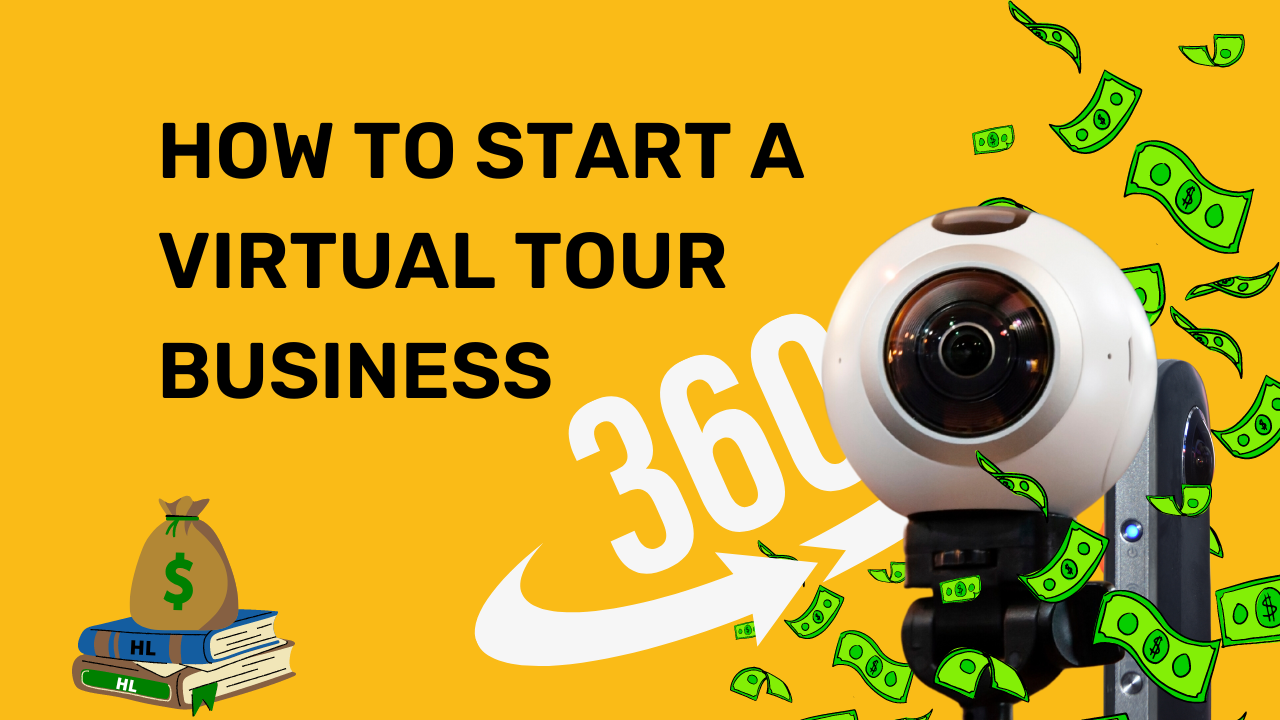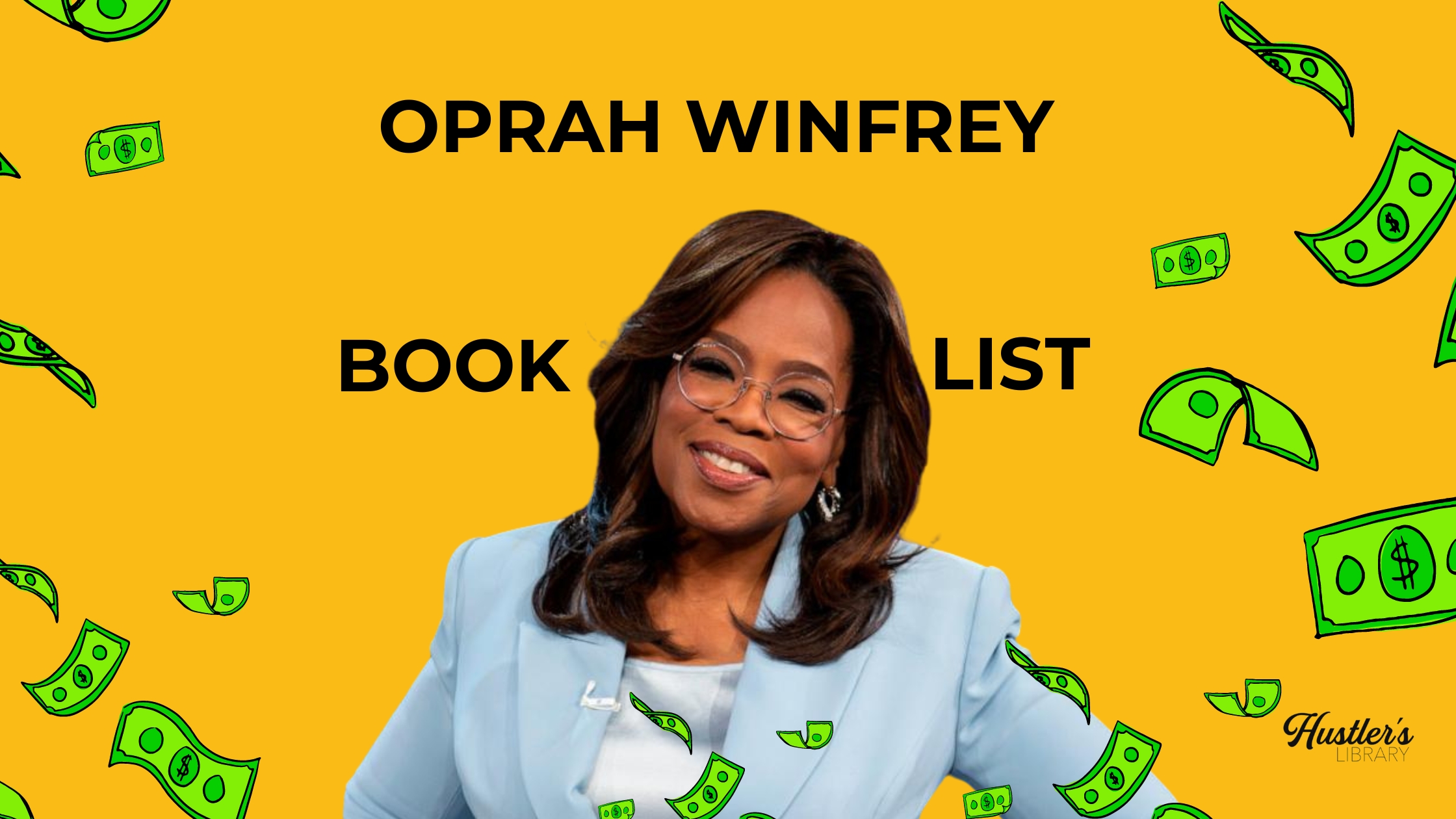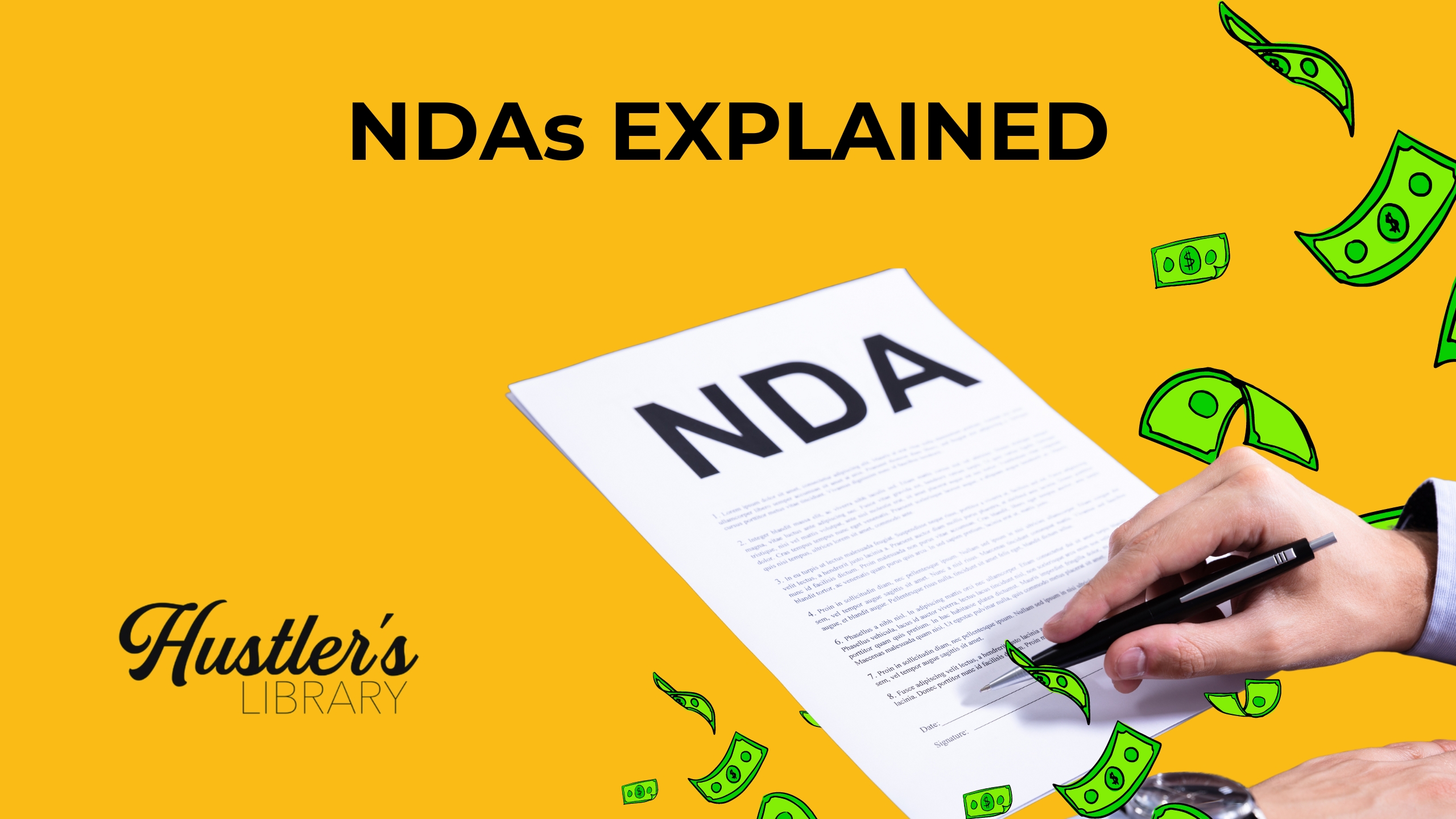Definition and Importance
A loss leader is a pricing strategy where a product is sold at a price below its market cost to stimulate other profitable sales. The idea is to attract customers with a deal so good they can’t resist, hoping they’ll also purchase other items at regular prices. This strategy is often used in retail but can be applied in various industries.
Real World Side Hustle Example
Consider running a weekend car wash service. You offer basic exterior washes at a break-even price, or even at a slight loss, to attract customers. While they’re there, you upsell higher-margin services like interior detailing or waxing, increasing overall revenue.
Best Practices
- Choose loss leaders wisely, ensuring they attract the right customers
- Pair loss leaders with complementary products that offer higher margins
- Monitor sales data to ensure the strategy boosts overall profitability
Tools and Resources
- Mailchimp – Tool for creating targeted email campaigns to promote sales/discounts
- Twilio – Tool for creating targeted text campaigns to promote sales/discounts
Case Study: Best Buy’s Loss Leader Strategy
Best Buy is renowned for using loss leaders, particularly during the holiday season. They often sell popular electronics like gaming consoles at a loss, betting that customers will also buy high-margin accessories, warranties, or other products. This strategy has helped Best Buy maintain a competitive edge in the retail market, driving significant foot traffic and online sales.
Lessons for Entrepreneurs
- Strategic Pricing: Use loss leaders to drive traffic, but ensure other products make up for the loss.
- Upselling: Encourage customers to buy additional products with higher margins.
- Market Awareness: Stay informed about customer preferences to choose effective loss leaders.
Get Help Implementing Loss Leaders
Want to implement strategies like this in your business? Schedule a free small business consultation for personalized advice and strategies to boost your profitability.












